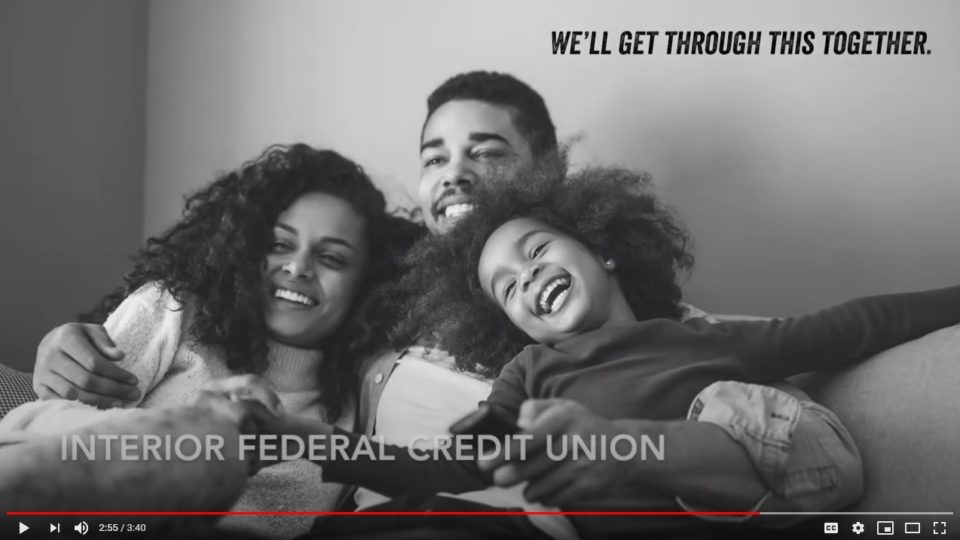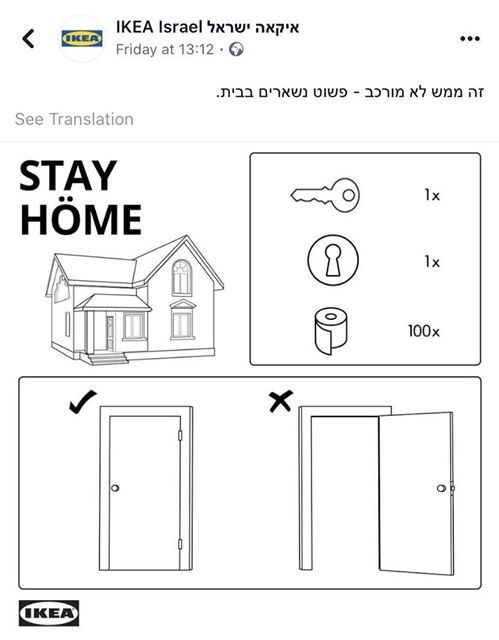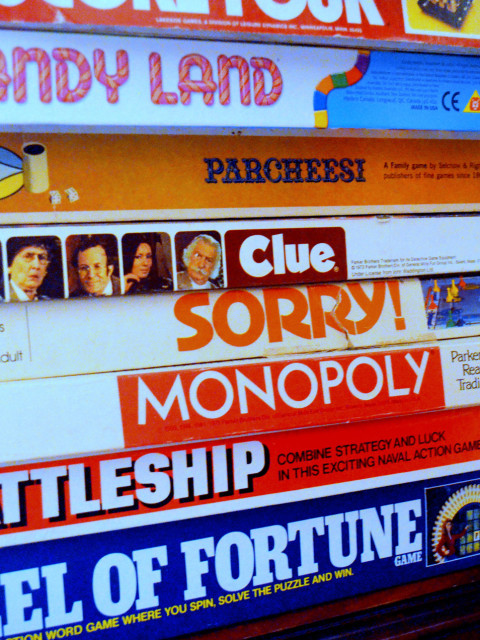I’ve been conducting brainstorming groups with fellow marketers (and if you’d like to join in, please let me know). The big question that everyone is asking: what do we do now? How can we do our jobs most effectively in these unprecedented times? Of course, there is still a great deal that is unknown, but many heads are better than one! Some themes are emerging:
- Companies that pull back on their advertising now are making a mistake. Those that are advertising are more likely to be noticed and remembered in a less crowded field. Those that aren’t are likely to be forgotten.
- Customers are trying new brands because of new shopping habits and supply disruptions. Companies will have to work harder to make sure their customers will want to come back to them rather than stay with the new brands. On the flip side, savvy companies will look for ways to keep those new customers. This is a time to refocus on what your brand means to the customer and make sure your marketing conveys that.
- We are currently in a transitional period, where people are dealing with self-quarantine and trying to figure out the impact of the pandemic on their lives. Next will be the “new normal,” when people start to go back to work. We will also likely be dealing with a significant recession. These different phases will require different marketing strategies.

One example of the need to be agile and change strategies: people initially welcomed ads that talked about what constructive things companies are doing to help customers or help society deal with the pandemic, but they are tiring of them now. There’s an amusing YouTube video entitled “Every Covid-19 Commercial is Exactly the Same” that captures that feeling. Worth watching!
How do we figure out what to do when? This is a good time to talk to your customers in an ongoing manner by using a market research online community. Online communities consist of customers who have opted in to participate in multiple research activities for the same company (or category) over an extended period of time – frequently three to six months and sometimes years. An online community is typically comprised of hundreds of customers who are kept engaged with a variety of research activities and rewards for participation.
- One important difference between an online community and other types of market research: you can talk to the same customers multiple times, which can be a great way to uncover how customers’ attitudes and needs change over time.
Is a market research online community right for you? Let’s discuss!
Call me at 760-469-9266 or email info at bureauwest.com.
Sources: Bureau West research; “Every Covid-19 Commercial is Exactly the Same,” YouTube, 4/15/20


